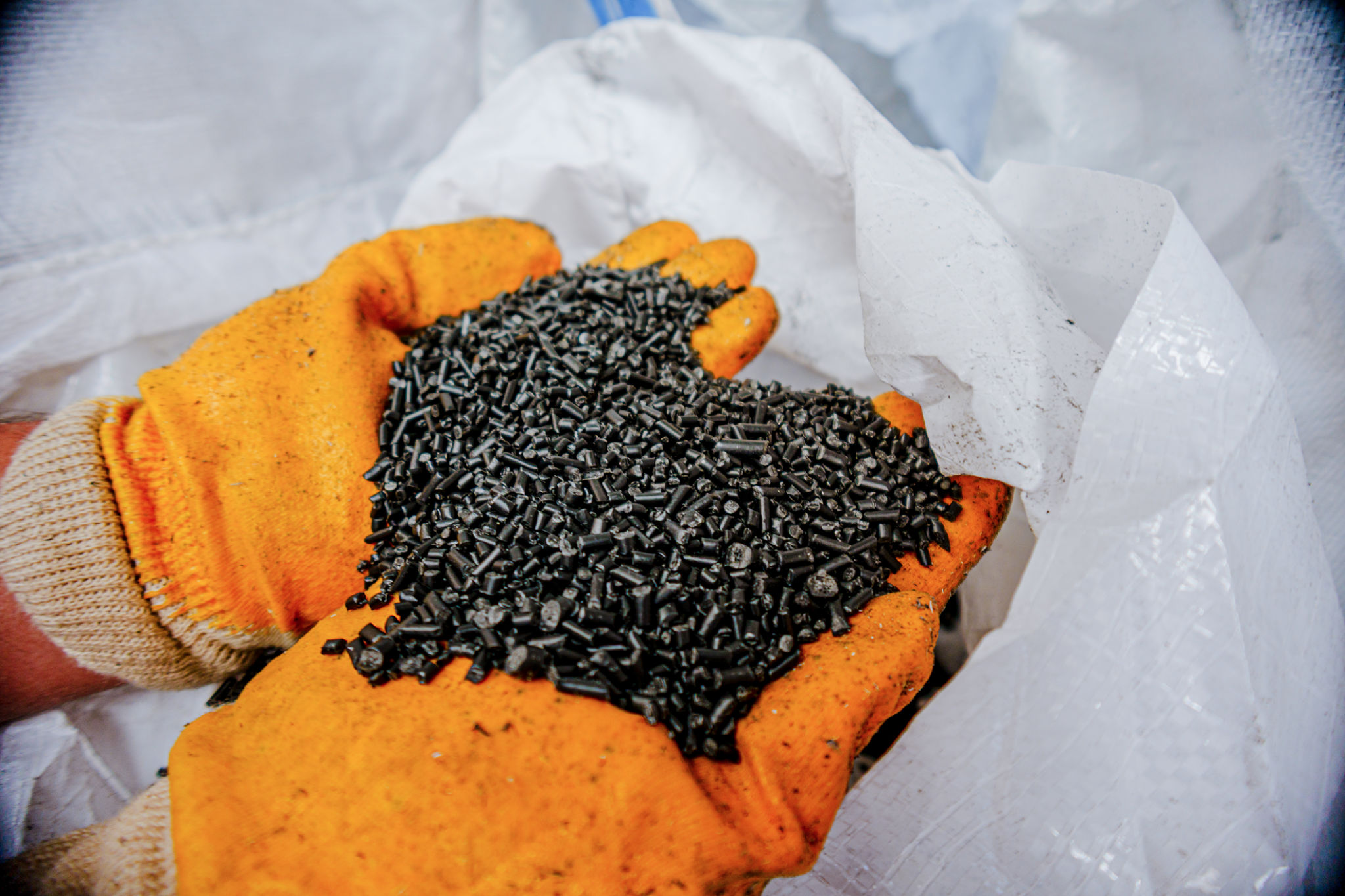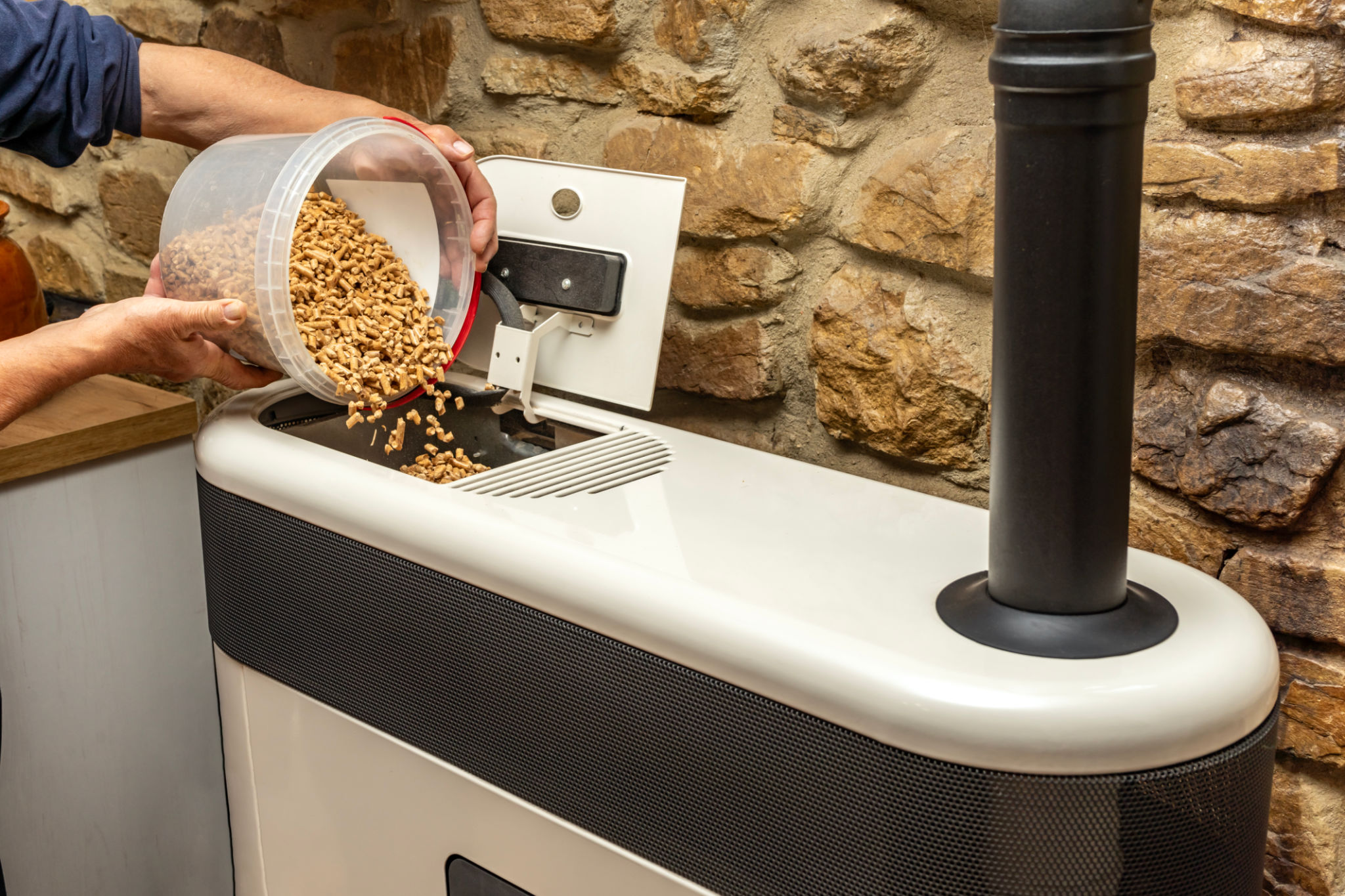Preparing for Winter with Biomass Wood Pellets: A Seasonal Guide
Understanding Biomass Wood Pellets
As winter approaches, homeowners begin to look for efficient and sustainable ways to keep their homes warm. One such solution is using biomass wood pellets. These pellets are made from compressed sawdust and other wood waste, making them an eco-friendly alternative to traditional heating methods. Not only do they burn cleaner, but they also provide a reliable source of heat during the colder months.
Biomass wood pellets are gaining popularity due to their high energy efficiency and low carbon footprint. They are a renewable energy source, meaning that using them contributes to reducing our reliance on fossil fuels. With the right preparation, you can ensure your home is ready to take full advantage of this heating option.

Choosing the Right Pellets
When selecting biomass wood pellets, it's crucial to choose the right type for your heating system. Pellets come in various grades, with premium pellets typically offering higher efficiency and less ash production. Premium pellets are often made from hardwoods and contain fewer impurities, resulting in a cleaner burn.
When purchasing your supply, check for certifications that indicate quality standards, such as the Pellet Fuels Institute (PFI) certification. This ensures that the pellets meet specific criteria for performance and emissions. Additionally, consider buying in bulk to save on costs and ensure you have enough fuel for the entire winter season.
Storage Strategies
Proper storage of biomass wood pellets is essential to maintain their quality and performance. Moisture is the biggest enemy of wood pellets, as it can cause them to disintegrate or become less efficient when burned. To prevent this, store your pellets in a dry location, preferably indoors or under a waterproof cover.

Consider using airtight containers or bins to keep out moisture and pests. If storing outdoors, elevate the storage containers off the ground and ensure they are well-sealed. Regularly check your storage area for any signs of moisture infiltration and address any issues promptly.
Maintaining Your Heating System
To ensure optimal performance of your biomass pellet stove or boiler, regular maintenance is key. Start by cleaning the burn pot and ash pan at least once a week during peak usage times. This helps maintain efficient combustion and prevents buildup that could cause blockages or reduced performance.
Inspect the chimney or venting system for any signs of creosote buildup or blockages. Schedule an annual professional inspection to ensure everything is in good working order. Keeping your system clean not only improves efficiency but also extends its lifespan.

Preparing for Winter
As winter approaches, it's time to finalize your preparations. Begin by checking your current stock of pellets and replenishing as needed. It's advisable to have a few months' worth of pellets on hand to avoid any shortages during the coldest months.
Test your heating system before the temperature drops significantly. Run it for a few hours to ensure everything is functioning correctly and make any necessary adjustments or repairs. This proactive approach will help you avoid unexpected issues when you need heat the most.
Maximizing Efficiency
Optimize your home's insulation to maximize the efficiency of your biomass heating system. Check for drafts around windows and doors, and seal any gaps with weatherstripping or caulk. Consider adding insulation to attics and walls if needed to retain heat better.
Using a programmable thermostat can also help manage your home's temperature more effectively. Set it to lower temperatures while you're away or asleep, and program it to warm up shortly before you return or wake up. This practice not only saves energy but also reduces heating costs.